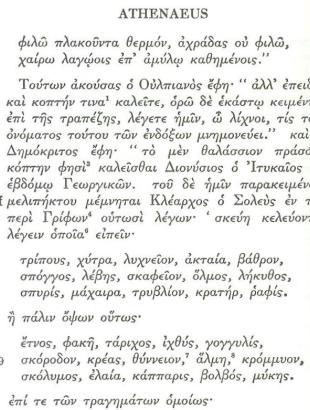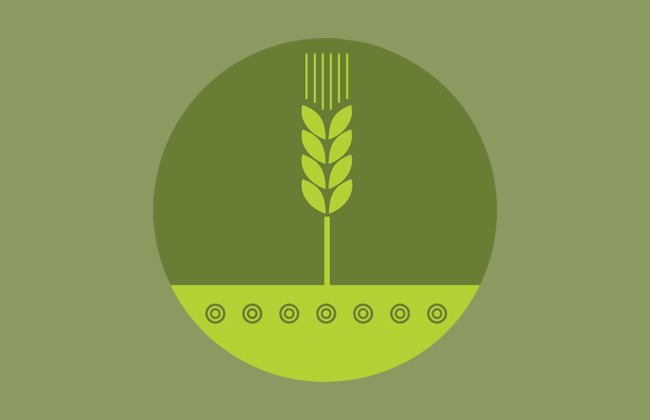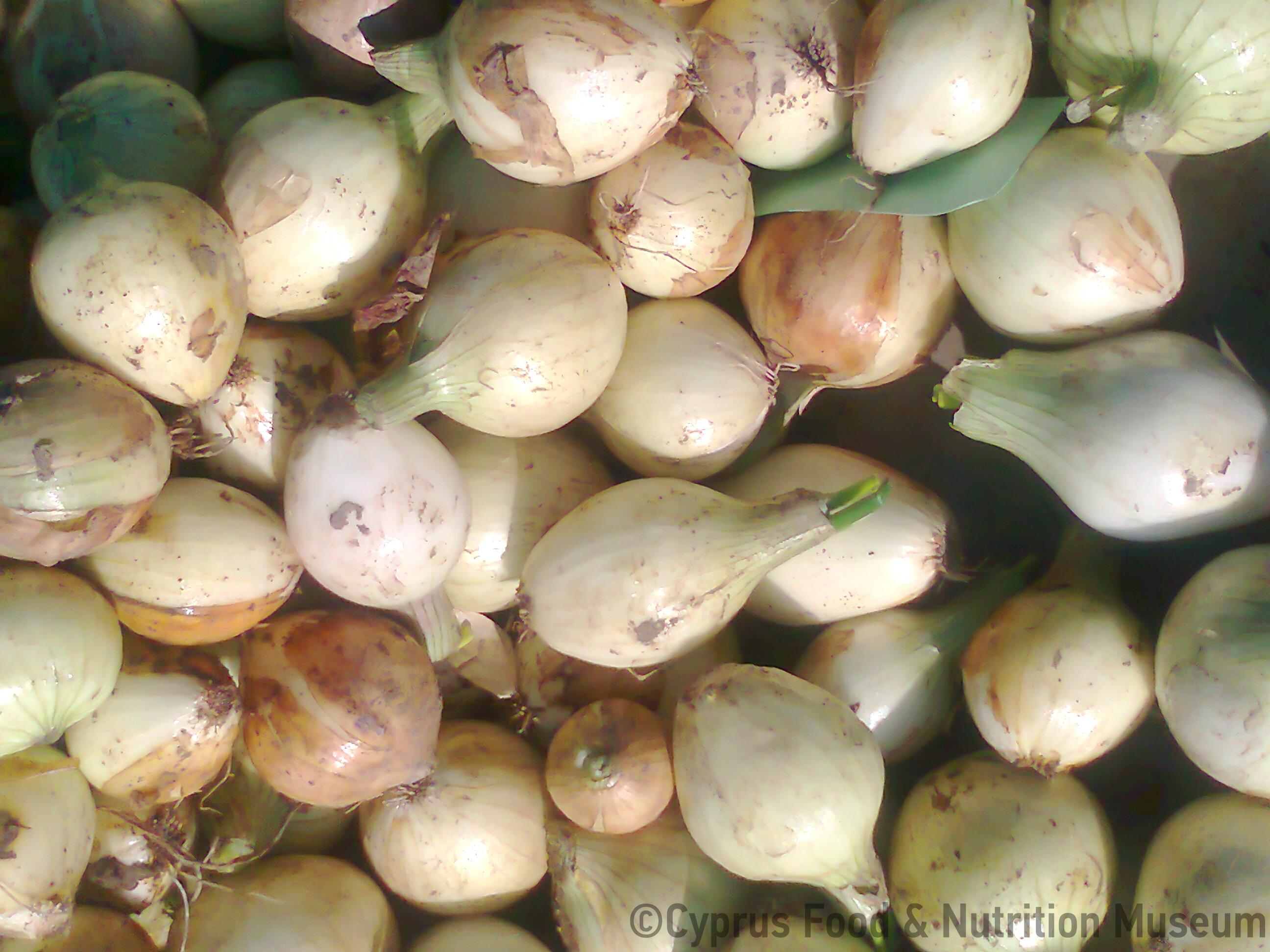According to Galinos, capers grow abundantly in Cyprus
Name - Origin
Κάπαρη ή κάππαρη
In the Cypriot dialect, the caper plant is called 'kapparká' while a place filled with 'kapparkés' is called 'kapparerí' (Yangoulis 1994).
It belongs to the family Capparis spinosa L.
An extensive reference to capers, their nutritional value and the way they are processed so that they can be consumed, is made by Galinos, a physician of the 2nd century AD, in his work 'Περί τροφών δυνάμεως' (on food for power). The plant and its tender ends are placed in salt water or vinegar in order to preserve them. Once it has been washed off the salt, it is served with xidomelo (oximeli) or oil and vinegar (oxeleon).
Functional and symbolic role
According to Galinos, capers are used more as a remedy than as a food. Its nutritional value is low because of its necessary salt content, but it can be beneficial to the body by clearing blockages in the spleen and liver and by stimulating a poor appetite. In the same passage, Galinos mentions that capers grow a lot in Cyprus, so their consumption on the island would be similar.
Today, the pickled tender shoots (kapparin), the buds (koutrouvin) and the tender fruit (aggourouthkia) are used in salads and as an appetiser. (Hadjikyriakou GN, 2007, p. 92)
Additional information and bibliography
Extract from the report of Galinos: 'It is a bush that grows a lot in Cyprus. Its strength lies in its quite thin molecules and therefore it offers little nourishment to the body of those who eat it, as do all other things that have thin molecules. We use the fruit of the plant more as a medicine than as food. It is carried to our country sprinkled with salt because it rots when stored. It is therefore quite obvious that while it is still green, before it is preserved in brine, it has more nutrients. With preservation it loses a great deal of nutrients and, even before it is rinsed from salt, it is not at all nourishing but a laxative. When consumed as food, it is hardly nutritious, but as an appetiser and medicine, it is suitable to stimulate the poor appetite and to cleanse the gastric fluid and the obstructions in the spleen and liver. But in these it must be used with xidomelo or oil and vinegar, before all other foods. The tender tips of this plant are also eaten, like those of the terminth, and when they are still green they are put in salamoura or vinegar' (Galinos 2.34 - Translation: Hadjiioannou 1975)
Athenaeus, Dipnosophistae 14.648f-649a in Gulick, C.B. ed. (1980) Athenaeus-The Deipnosophists, Loeb Classical Library vol.6. Cambridge: Harvard University Press, 504
Galenos, On Foods of Power 2.34 in: Hadjiioannou, K. (1975) Η Αρχαία Κύπρος εις τας Ελληνικάς Πηγάς, vol. B', Nicosia: Holy Archbishopric of Cyprus-publications, 358-359.
Hadjikyriakou G.N. (2007) Αρωματικά και αρτυματικά φυτά στην Κύπρο. Bank of Cyprus Cultural Foundation, Nicosia.
Yangoullis, K. (1994) Dictionary Etymological and Interpretative Dictionary of the Cypriot Dialect, Library of Cypriot Folk Poets, Nicosia.
Michaelides, D. (1998) 'The Food in Ancient Cyprus' in Lysaght, P. Food and the Traveller-Migration, Immigration, Tourism and Ethnic group. Nicosia: Intercollege Press, 32
Natasa Charalambous, Demetra Dimitriou



